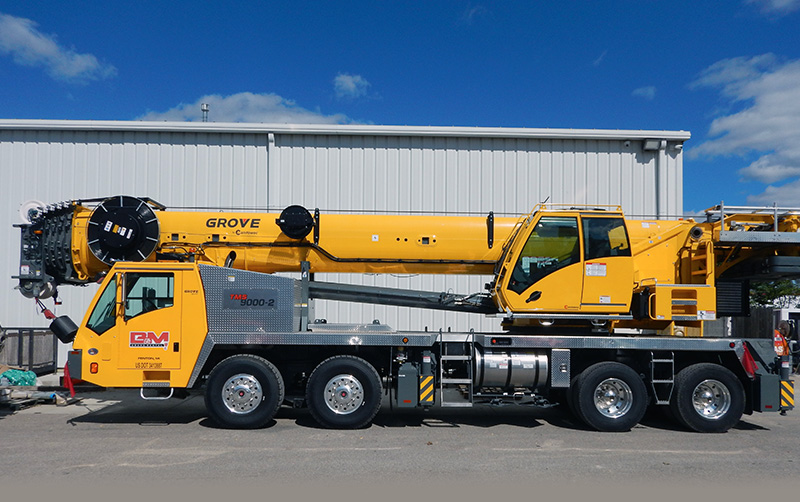



The longer the rental period, the smaller the fee gets. If you’re just limited at lifting a few tons at a time, go for a smaller crane and save money. If you’re lifting heavy containers weighing a few dozen tons, you need to take out more money out of your pocket. That’s why you need to know what types of materials you need to move around before renting a crane, so you can buy the right one.

Larger projects require bigger cranes that can lift several hundred tons of materials.Īs you probably have already guessed, the larger the size of the crane, the higher its rental price. If your project is relatively small, you might need a smaller crane that can easily lift up to 20 tons or so. We also talk about how many tons is the crane able to lift. The size of the crane here doesn’t only refer to the physical dimensions of this type of equipment. Obviously, some cranes are more expensive than others, especially if you go for large ones such as overhead cranes or harbor cranes. Telescopic cranes are good for most projects while truck cranes are ideal if you need a lot of mobility in your construction site. For example, some cranes are ideal for relatively small projects while others are tall, imposing cranes suitable for large construction projects.Īs a rule of thumb, you can select from tower cranes (the largest ones), mobile cranes, telescopic cranes, truck cranes, loader cranes, floating cranes, etc. There are multiple types of cranes out there and they’re suitable for different types of jobs. Keep reading this article to find out what aspects affect the crane rental prices these days. The price of renting a crane depends on various factors. In this case, you might be interested in the crane rental cost for a medium-sized crane that can still lift many tons. However, chances are that you don’t need the biggest crane in the world to accomplish your project. Did you know that the largest crane in the world is named “Big Carl” and it can carry a maximum weight of around 5,000 tons? This monstrous crane is taller than 800 feet and it’s routinely used by construction companies in the United States and Canada.


 0 kommentar(er)
0 kommentar(er)
